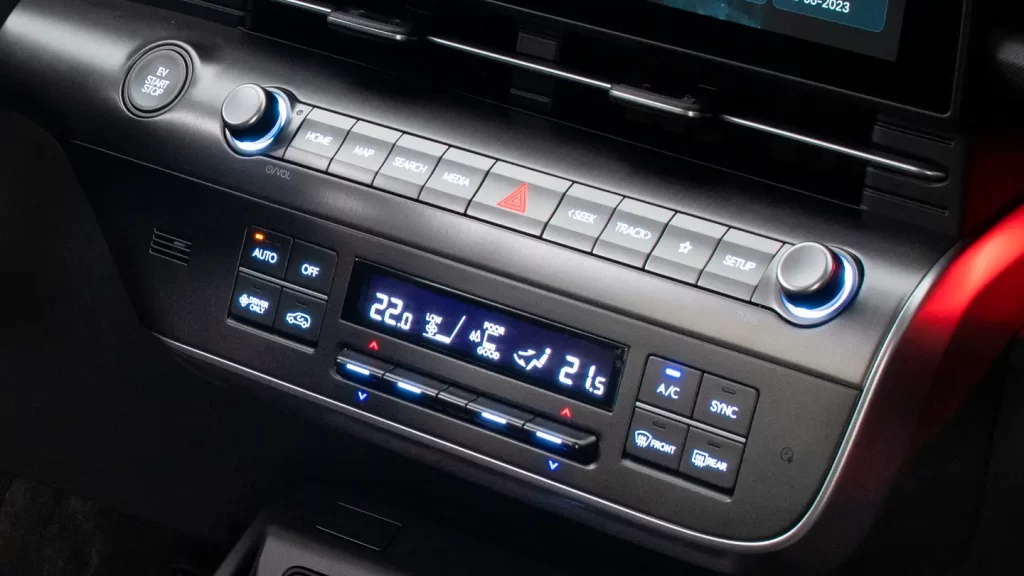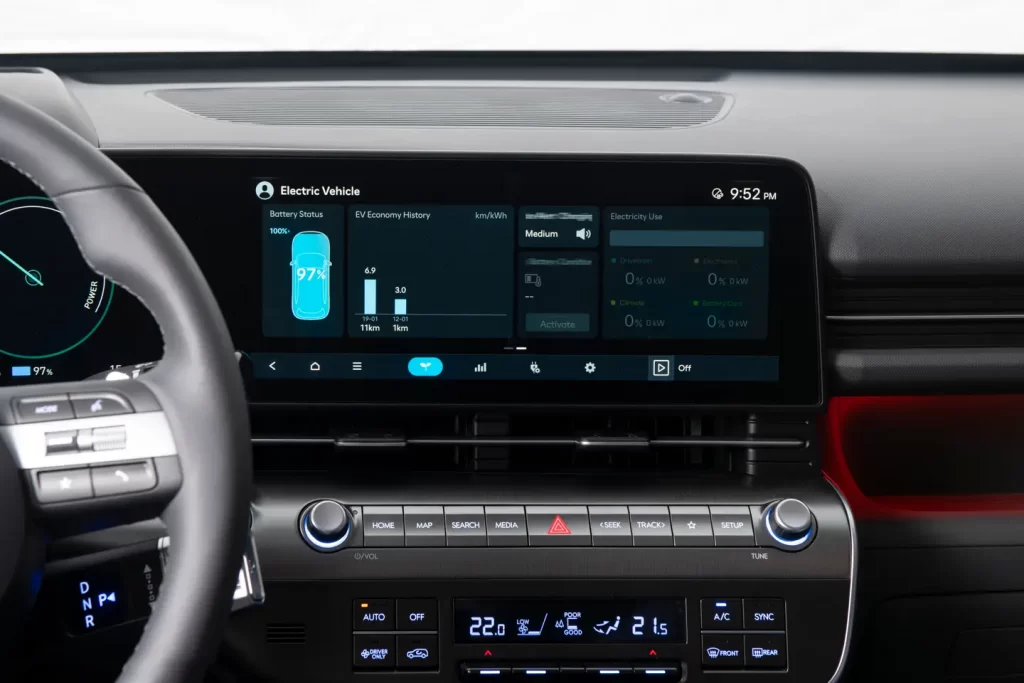Hyundai’s decision to stick with physical buttons and dials in their vehicles might seem like a step backward in the world of automotive interior design, but it’s actually a step forward in terms of safety. With the proliferation of touchscreens and touch controls in modern cars, drivers are increasingly being forced to take their eyes off the road and their hands off the wheel in order to adjust things like the volume or climate control settings.

This is where physical buttons and dials come in. They provide drivers with the tactile feedback they need to keep their eyes on the road and their hands on the wheel. As Hyundai’s head of design, Sang Yup Lee, puts it: “When you’re driving, it’s hard to control it. This is why when it’s a hard key it’s easy to sense and feel it.” In other words, physical controls are simply easier and safer to use when you’re driving.
Of course, this doesn’t mean that Hyundai is completely opposed to touch controls. Lee hinted that the company may look to use touch controls more heavily in the future, particularly when autonomous driving becomes more widespread. In fact, Lee stated that “When it comes to Level 4 autonomous driving, then we’ll have everything soft key.” This makes sense, as autonomous driving will likely require a completely different approach to interior design and controls.

For now though, Hyundai is sticking with physical buttons and dials for anything that could impact safety, such as the HVAC system and volume control. This is a smart move, as it puts the safety of drivers and passengers first. After all, no amount of fancy technology or cutting-edge design is worth sacrificing safety for.
Overall, Hyundai’s commitment to physical buttons and dials is a refreshing change in the world of automotive interior design. It shows that the company is more concerned with safety than with following the latest trends. And while touch controls may eventually become more widespread in Hyundai vehicles, it’s good to know that the company is putting safety first for now.


